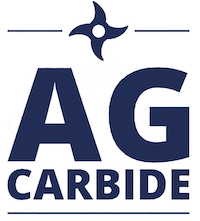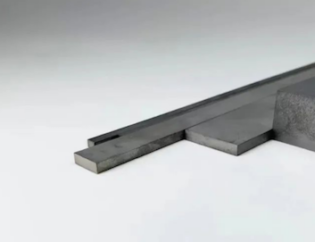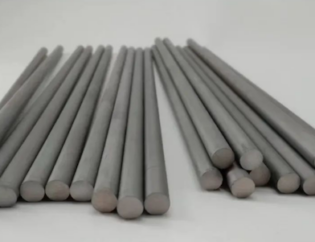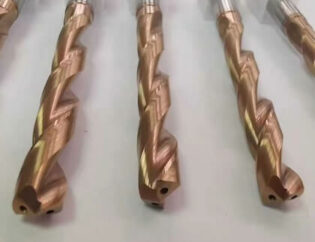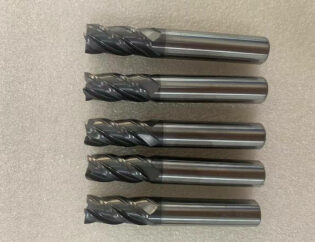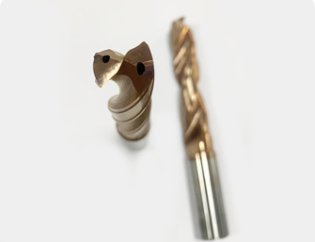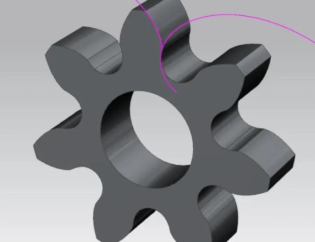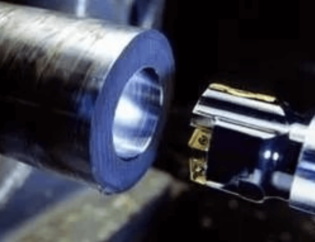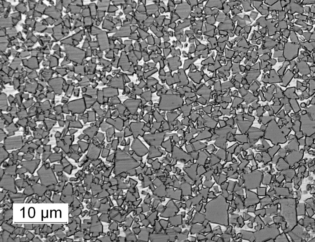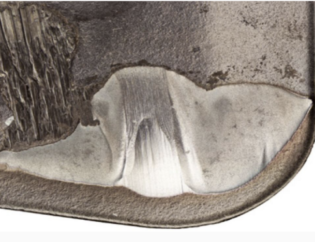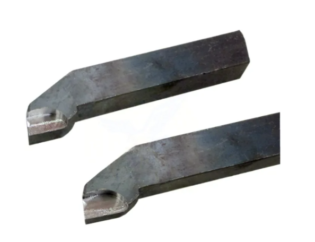Machining process is a research topic of great interest as it is a related process for producing high precision and high quality parts for various industrial sectors. One of the focuses of the research conducted is process improvement, one of which is the creation and application of tool coatings in various machining operations. These coatings improve process productivity and service life of machining tools, and new coatings are being developed for use in a variety of machining applications. Due to the amazing wear resistance and high mechanical properties of TiAlN coatings at high processing speeds, good thermal stability and corrosion resistance even at higher processing temperatures, TiAlN coatings are It is still very common in today’s industrial applications. In this review, the authors present a comprehensive discussion of the use of TiAlN-based coatings, collecting and presenting the latest information on the development of these relevant coatings in a structured and organized manner.
The design principle of machining tool coatings is to tune their mechanical properties by controlling their composition and microstructure, based on their desired mechanical properties, to enable them to meet specific application requirements. A variety of different coating designs are available for a variety of different application scenarios, as shown in Figure 1.

Different types of problems can be solved by choosing different types of coating structures, for example, the use of multi-layer coatings can significantly improve tool performance compared to single-layer coatings. For example, multi-layer coatings have significantly more resistance to crack growth than single-layer coatings. In addition, the increase in the number of layers also helps to improve properties such as the surface hardness of the tool. Fig. 2 shows the surface crack propagation behavior of different coating structures.

This article focuses on novel coatings, demonstrates coatings collected from various sources and their properties, and shows the common wear mechanisms by which these coatings are detected in turning and milling of different alloys (including steel, titanium, and nickel-based alloys) . The analysis of these wear mechanisms provides extremely valuable information for the improvement and optimization of machining processes. When machining certain types of alloys with a specific coated tool, it can be identified by common tool wear trends. The wear behavior evaluation of the tool surface is usually characterized by SEM. As shown in Figure 3 below, the wear behavior of the TiAlN coated milling cutter can be observed after machining Inconel alloy.
The research trend of TiAlN-based coatings mainly focuses on the modification of TiAlN-based coatings by doping some elements, such as Ru, Mo, and Ta, in the coatings because of their great potential for improving mechanical and wear properties. The addition of these elements also affects the coating structure, thereby improving the service behavior of the coating. Three TiAlN coatings doped with different ruthenium content can be observed in Fig. 4, and the results show that the structure of the coatings is more uniform with the increase of ruthenium content. Furthermore, this article evaluates the mechanical properties of all these coatings, and the TiAlN-based coating with 7% ruthenium content exhibits the best mechanical properties. Research on these doping elements is popular and has great potential to improve tool coating performance. The article evaluates the latest and most popular doping elements, and describes the common evaluation metrics of mechanical properties of these coatings (related to the wear behavior of the coatings), such as: hardness, toughness, H/E ratio (viscosity) and friction coefficient . These values will also be used for the evaluation of novel nanocomposites and nano-TiAlN-based coatings.
Another major trend in TiAlN coating research is the creation of new nanolayers and nanocomposite tool coatings, as thinner coatings can significantly improve application performance in machining. These coatings have been demonstrated in various machining processes to enhance mechanical properties and improve the coating structure and properties, especially its wear properties. Regarding the wear mechanism of the coating, the study found that the main wear mechanisms during the milling process are adhesive wear and abrasive wear, however, the use of nano-coating can improve the adhesive damage suffered by the coating. Coatings used in the turning process usually exhibit abrasive wear and abrasion, and some coatings also exhibit adhesive wear. In milling, the use of nanolayer and nanocomposite coatings improves the cutting performance and tool life of coated tools, and these types of coatings outperform conventional single-layer TiAlN-based coatings. The hardness and Young’s modulus values of the nanolayered and nanocomposite TiAlN-based coatings are listed in Table 1.



